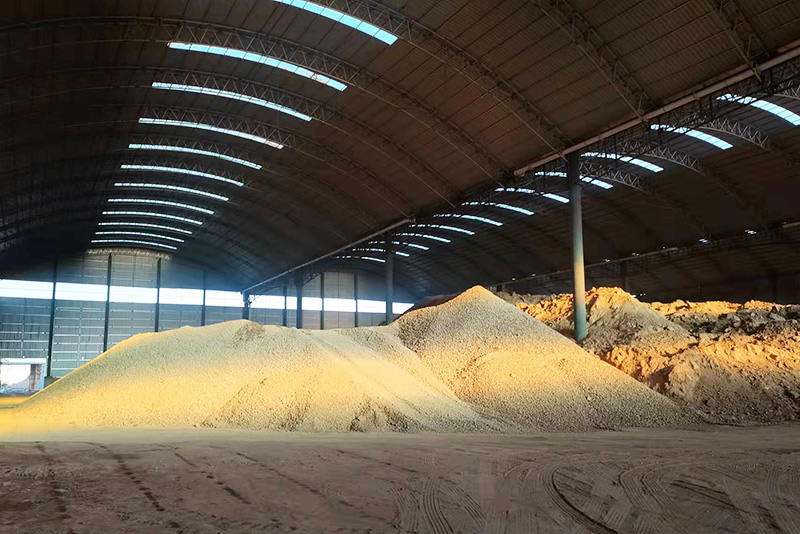3D Printing Patterns for Sand Casting Revolutionizing Metal Casting
In recent years, the manufacturing industry has witnessed a significant transformation, largely fueled by advancements in 3D printing technology. One of the key applications of 3D printing is in the field of sand casting, a traditional metal casting process. The integration of 3D printed patterns into sand casting has not only streamlined production but also enhanced the quality and complexity of cast parts, paving the way for innovation across various industries.
Understanding Sand Casting
Sand casting is one of the oldest and most widely used metal casting processes. It involves creating a mold from a pattern, typically made of metal or wood, which is then filled with molten metal to create the desired part. The quality of the final product greatly depends on the accuracy and detail of the mold. Traditionally, producing patterns for sand casting can be time-consuming and costly, especially when dealing with complex geometries.
The Role of 3D Printing
3D printing, or additive manufacturing, involves creating three-dimensional objects layer by layer from digital models. This technology offers considerable advantages when it comes to producing patterns for sand casting. The most notable benefits of using 3D printing for sand casting patterns include
1. Complex Geometry 3D printing allows for the creation of intricate and complex designs that were previously impossible or too expensive to achieve using traditional methods. This flexibility opens new possibilities for engineers and designers, enabling them to experiment with innovative shapes and structures.
2. Rapid Prototyping 3D printing significantly reduces the lead time for producing patterns. Traditional pattern-making can take weeks or even months, but with 3D printing, patterns can be produced in a matter of hours or days. This rapid prototyping capability accelerates product development cycles, allowing companies to bring their products to market more quickly.
3d printing patterns for sand casting

3. Cost Efficiency While the initial investment in 3D printing technology may be substantial, the overall costs can be lower compared to traditional pattern-making techniques. With reduced labor costs, minimized material waste, and faster production times, companies can achieve better cost efficiency in their manufacturing processes.
4. Customization In many industries, especially in aerospace and automotive, customized parts are in high demand. 3D printing facilitates the production of unique patterns tailored to specific requirements, ensuring that companies can better meet the needs of their clients.
5. Material Versatility 3D printing technology can utilize a wide range of materials suitable for sand casting patterns, including plastics and composites. This versatility allows for the selection of materials that best fit the casting requirements and desired properties of the final product.
Industry Impacts
The adoption of 3D printed patterns for sand casting is revolutionizing numerous sectors, including automotive, aerospace, and medical industries. For instance, in the automotive sector, manufacturers can reduce weight and improve fuel efficiency by designing lightweight components with complex geometries that are only feasible through 3D printing.
Moreover, the aerospace industry benefits from reduced material waste and improved design flexibility, which are critical for performance and regulatory compliance. In the medical field, customized implants and prosthetics are gaining traction, as 3D printing allows for patient-specific designs that enhance surgical outcomes.
Conclusion
In summary, the integration of 3D printing patterns into the sand casting process is transforming the manufacturing landscape. By enabling complex designs, accelerating production times, and reducing costs, this technology poses significant advantages over traditional methods. As industries continue to embrace the possibilities offered by 3D printing, the future of sand casting looks promising, heralding advancements that will enhance product quality and manufacturing efficiency. The synergy between 3D printing and sand casting not only revolutionizes how we produce metal parts but also sets the stage for exciting innovations that will shape the future of manufacturing.
Post time:Aug . 09, 2024 08:55
Next:Innovative Techniques and Benefits of Custom Sand Casting for Unique Metal Fabrication Needs
